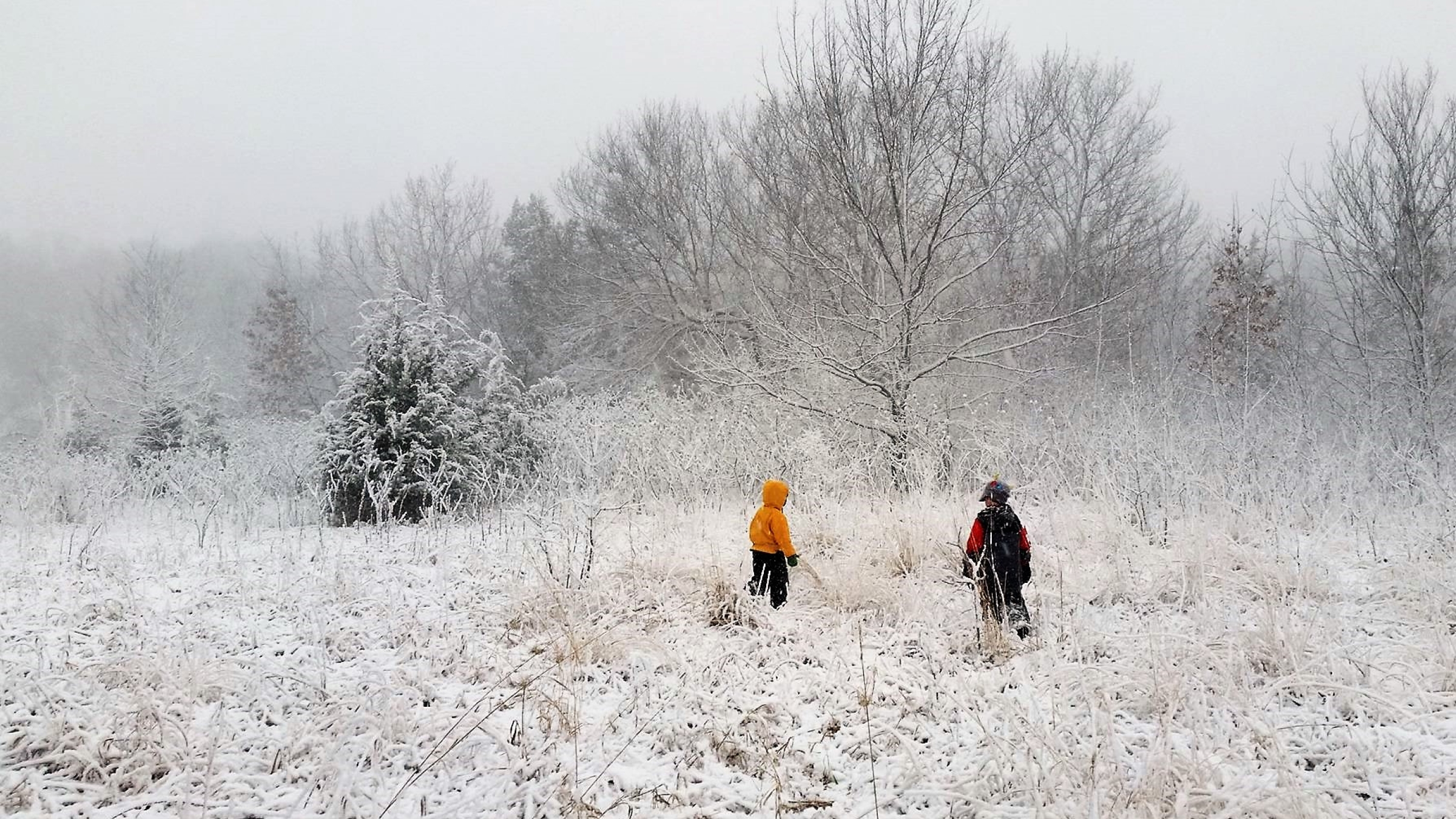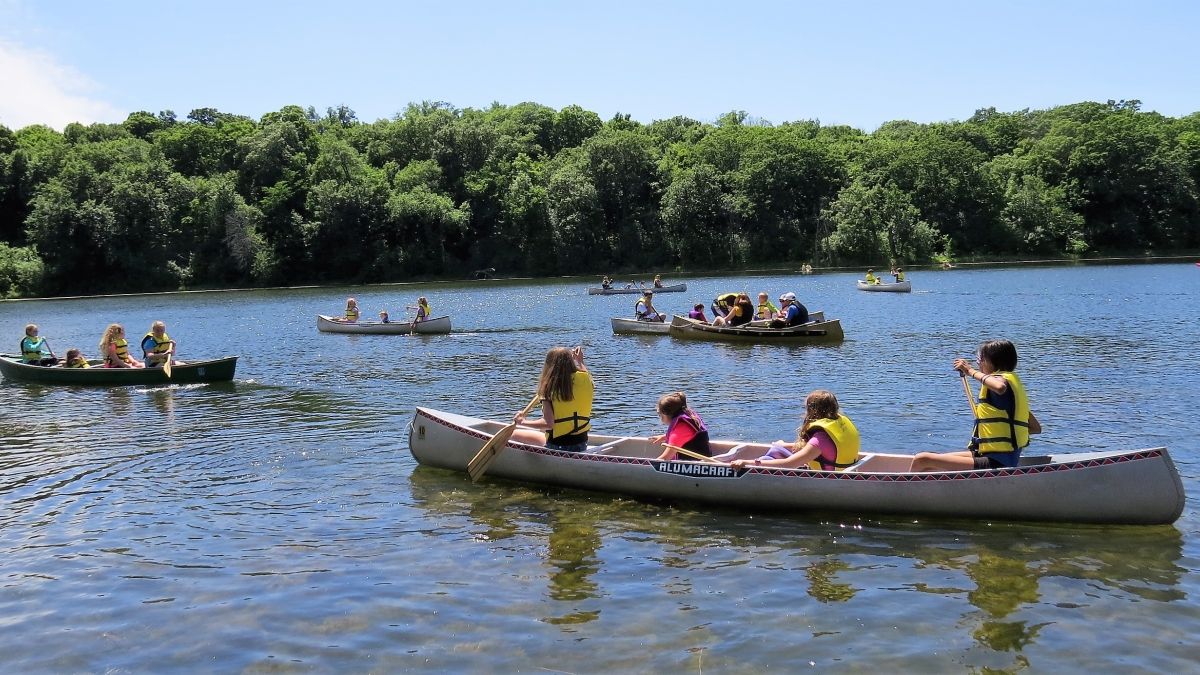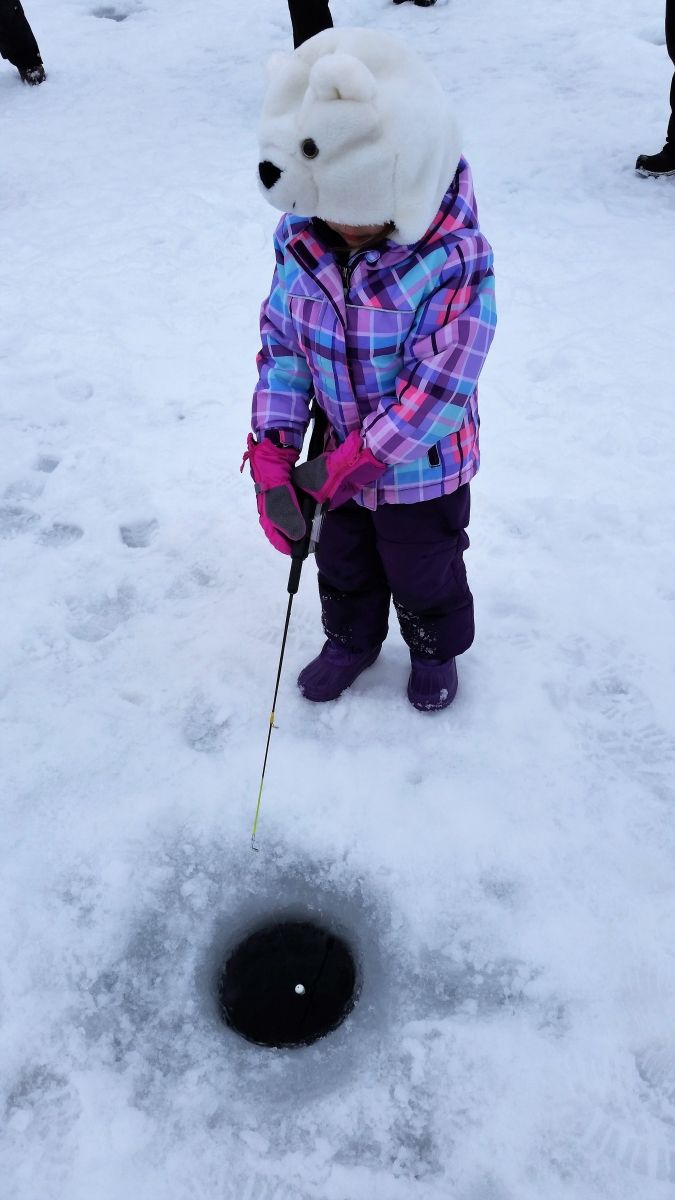
An E-STEM public school district near Minneapolis now also offers half-day nature preschool programs. On average, only one in ten nature preschools in the U.S. is part of a K-5 or K-12 school, so we were naturally curious to find out more! We asked Anna Dutke, Nature Preschool Teacher and the programs’ developer, to share with us the impetus behind the programs and any advice she gives to new teachers. (Pssst… Anna is also the Minnesota Association for Environmental Education’s Formal Environmental Educator of the Year!)
What makes your program special? What were the reasons you created it? How does it work in an elementary school?
Prior Lake-Savage Area Schools is an E-STEM (Environmental Education, Science, Technology, Engineering, Math) public school district. The creation of our nature preschool program in 2014 resulted from discussions on ways to incorporate the district’s E-STEM initiative into preschool. The program was designed based on positive responses to outdoor learning from students and families in K-5th grades and the known benefits of outdoor learning on children’s academic, social-emotional, and motor development. Families now have an option to choose a preschool experience where outdoor learning is truly at the core of the program, while still incorporating the same curriculum and outcomes as the traditional preschool option.
One unique component to our program is that our early childhood programs are truly inclusive, meaning students in our early childhood special education program are able to participate in nature preschool, while still receiving educational services and support as directed by their I.E.P.’s (Individualized Education Programs).
A few of our nature preschool classes were relocated from Edgewood School to Jeffers Pond Elementary, which has access to 80 acres of land given to the City of Prior Lake for wildlife conservation and environmental education purposes. Access to more expansive natural areas has created new learning opportunities for the nature preschoolers. Also, locating the nature preschool program in an elementary school creates opportunities for collaboration between preschool and K-5 teachers. Many K-5 teachers now strive to increase outdoor learning experiences for their students, with some making it a part of their daily routine. As a result, outdoor learning becomes part of students’ entire K-12 education experience.

Another benefit of being in an elementary school is the opportunity for collaboration between students. The preschool students meet with their 5th grade buddy class almost weekly for lessons that incorporate outdoor learning and STEM, while also meeting the 5th grade curriculum content and academic standards. As a result, all of the students reach their full potential through hands-on and engaging outdoor learning experiences – many of which wouldn’t have been possible otherwise. For example, our preschoolers became the youngest participants at the University of Minnesota’s Ecology Fair when they presented on their squirrel enrichment project with their 5th grade buddies.
What are some tips you give to teachers new to the nature preschool program as you mentor them?
My first piece of advice is to emphasize the importance of an inquiry-based teaching style. Many teachers feel they can’t teach nature preschool due to not knowing a lot about nature. However, the teacher’s role is not to be a source of information, but rather to guide the learning experience by providing intentional opportunities and experiences that will enhance students’ curiosity and connection to the natural world. In addition, the teacher should take on the role of being a co-learner with the student, and as the teachers learn with the children by asking questions and using resources and experiences to seek answers, knowledge of the natural world will follow.

The second piece of advice comes from a quote a parent shared with me: “The most engaging preschool experiences rarely come home in a backpack.” It’s easy to feel pressured by what you see online or from other schools, to do certain activities that will “prove” to others you are “teaching” students. Fortunately, thanks to technology, we are able to document the learning in action and share it with families through photos, videos, and descriptive text about our adventures each day, so that they know exactly what we did and can extend their child’s experiences at school through conversations or follow-up adventures at home. Through observing and documenting the students’ learning experiences in the outdoor classroom, and engaging with families in conversations about their child’s growth throughout the year, teachers soon realize you don’t need evidence in the form of worksheets or pieces of paper to prove the students are truly learning and developing through the nature preschool program.
My third piece of advice is to invest in quality gear for ALL types of weather, as our program embraces the philosophy “There’s no such thing as bad weather, only bad clothing!” And given that we are in Minnesota, we have to be prepared for snow in April and May! With the right gear, teachers and staff are able to embrace the weather and join the students in puddle jumping and sliding down snow-covered hills. As I tell my students, every day is a beautiful day for learning.
And last but not least, get connected to other teachers who are doing nature-based learning. While the students and their experiences drive the content being covered, I have learned so much from others about classroom management strategies, best practices, clothing recommendations, etc. Social media is a great way to connect virtually (and internationally!), but nothing beats in-person conversations and classroom visits.
You can follow our program on Twitter by searching #NaturePreK or on Facebook at https://www.facebook.com/JeffersPondNaturePreK You can also download our handbook and read more about us at https://www.priorlake-savage.k12.mn.us/our-schools/edgewood/circle-of-friends-preschool